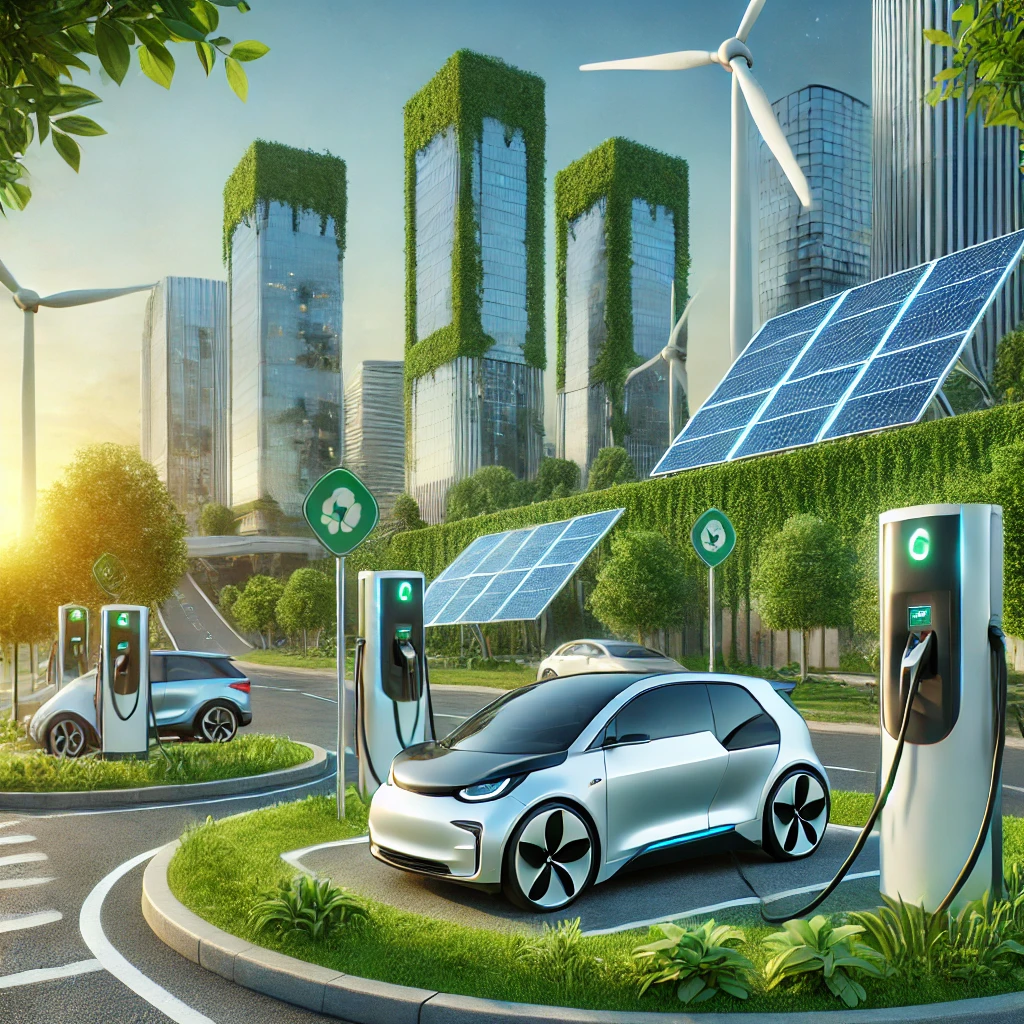How Companies Can Do Good While Doing Well with Carbon Management
Finding the Balance
Let’s talk about something that might seem a bit counterintuitive at first: how companies can create positive change for our planet while also maintaining healthy business performance. I know – the phrase “profiting from carbon emissions” might make some of us uncomfortable. But here’s the thing: when companies find ways to make sustainability financially viable, they’re more likely to stick with it for the long haul, creating lasting positive impact.
The Reality We’re Facing
We’re all living through a critical moment in history. Climate change isn’t just a distant threat anymore – it’s affecting communities worldwide, from farmers dealing with unpredictable weather to coastal cities facing rising seas. This reality is pushing businesses to rethink how they operate, and many are discovering that being part of the solution can also make good business sense.

How Companies Are Making a Difference (While Staying Competitive)
Tesla’s Journey: More Than Just Electric Cars
Tesla’s story is fascinating because they’ve found a way to accelerate the world’s transition to sustainable energy while building a successful business. Yes, they made $1.58 billion from selling carbon credits in 2021, but the real win here is that this system incentivizes other automakers to speed up their transition to electric vehicles. It’s a perfect example of how market mechanisms can drive positive change.
Occidental’s Bold Move: Turning Air into Opportunity
Occidental Petroleum is doing something that sounds like science fiction: they’re literally pulling carbon dioxide out of the air. While they use some of this for oil recovery (which, yes, is complicated from an environmental perspective), they’re also pioneering technology that could help us actively reduce atmospheric CO2 levels. It’s not perfect, but it’s an important step forward.
Amazon’s Green Journey: Small Steps, Big Impact
Amazon has made headlines with their climate pledges, but what’s interesting is how they’re making it work financially. By investing in renewable energy and reforestation projects, they’re not just offsetting their emissions – they’re also building more resilient operations and often saving money in the process.

Making It Work in the Real World
Carbon Trading: A Bridge to a Cleaner Future
Think of carbon trading like a reward system for doing the right thing. Companies that reduce their emissions more than required can help others who are still working on it, creating a financial incentive for everyone to improve. It’s not the ultimate solution, but it’s helping us move in the right direction.
Capturing Carbon: Turning a Problem into a Resource
Carbon capture technology is evolving quickly, and while it’s not a silver bullet, it’s becoming an important tool in our climate action toolkit. Companies are finding ways to use captured carbon in everything from building materials to carbonated beverages. It’s about turning what was once just waste into something useful.
The Human Side of Carbon Management
Supporting Communities
When companies invest in carbon reduction projects, they often create unexpected benefits for local communities. For example, reforestation projects can provide jobs and improve local ecosystems, while renewable energy investments can bring clean power to areas that previously relied on expensive diesel generators.
Employee Engagement
I’ve seen how sustainability initiatives can transform company culture. When employees see their company taking meaningful action on climate change, it builds pride and purpose. This isn’t just feel-good stuff – it helps with recruitment, retention, and innovation.
Challenges We Need to Talk About
Let’s be honest – this isn’t easy. Companies face real challenges:
- The technology can be expensive
- Carbon markets can be complex and volatile
- Measuring impact accurately is tough
But here’s the encouraging part: these challenges are driving innovation and collaboration. Companies are sharing knowledge, forming partnerships, and finding creative solutions.
Looking Forward with Hope
The future of business is changing, and that’s a good thing. We’re seeing:
- New technologies making carbon capture more affordable
- Better ways to measure and track emissions
- Growing consumer support for sustainable businesses
- Increasing collaboration between companies on climate solutions

What This Means for Your Company
If you’re wondering how your company can get involved, start with these questions:
- What are we already doing that could be part of a carbon strategy?
- Where are our biggest opportunities for reducing emissions?
- How could sustainability initiatives benefit our stakeholders?
Remember, you don’t have to figure this out alone. There’s a growing community of businesses, experts, and organizations ready to help.
Moving Forward Together
The path to a sustainable future isn’t about choosing between profit and planet – it’s about finding ways to serve both. When companies succeed in making sustainability profitable, they create lasting positive change that can scale and spread.
Every company’s journey will look different, but the destination is the same: a future where business success and environmental stewardship go hand in hand. It’s not just possible – it’s already happening.
A Final Thought
As you think about your company’s role in addressing climate change, remember that every step forward matters. Whether you’re just starting to explore carbon management or looking to expand existing initiatives, you’re part of a larger movement toward a more sustainable future.
The best time to start is now. The challenges are real, but so are the opportunities – both for your business and for our planet.
Ready to explore how your company can make a difference while building a stronger business? The journey starts with a single step. What will yours be?
